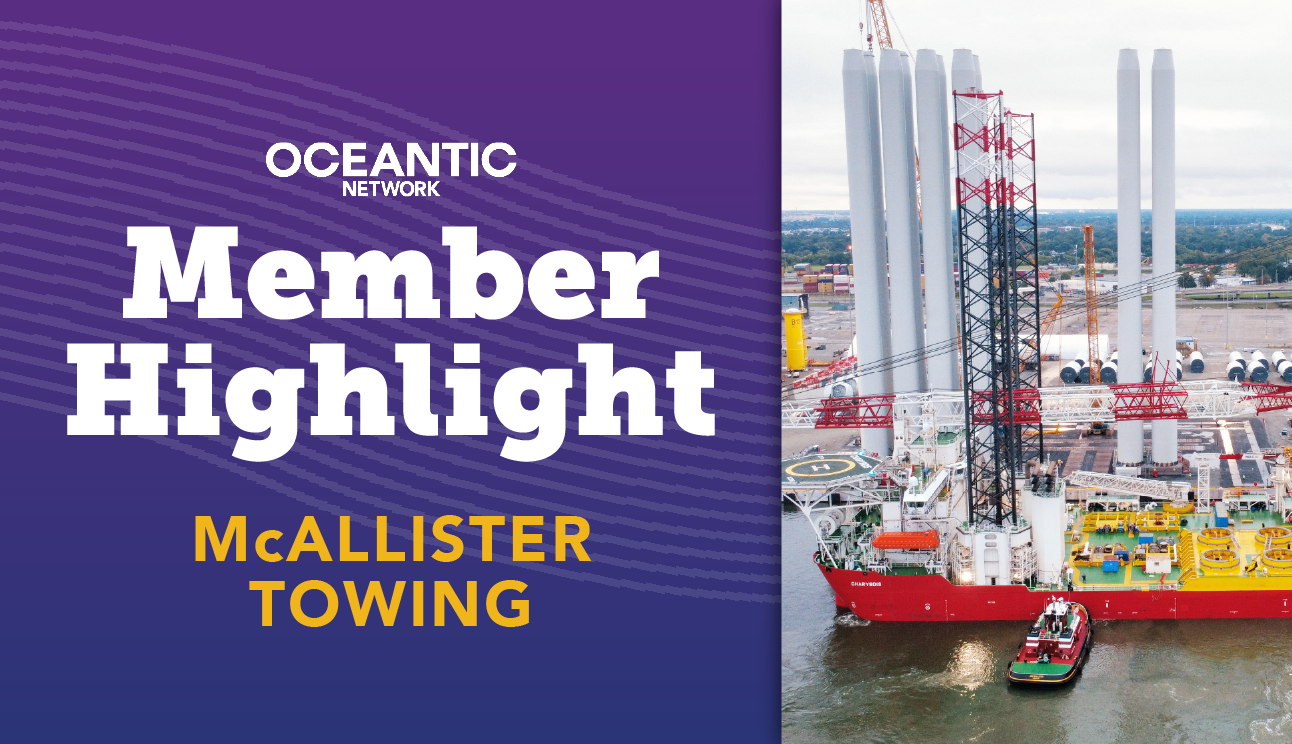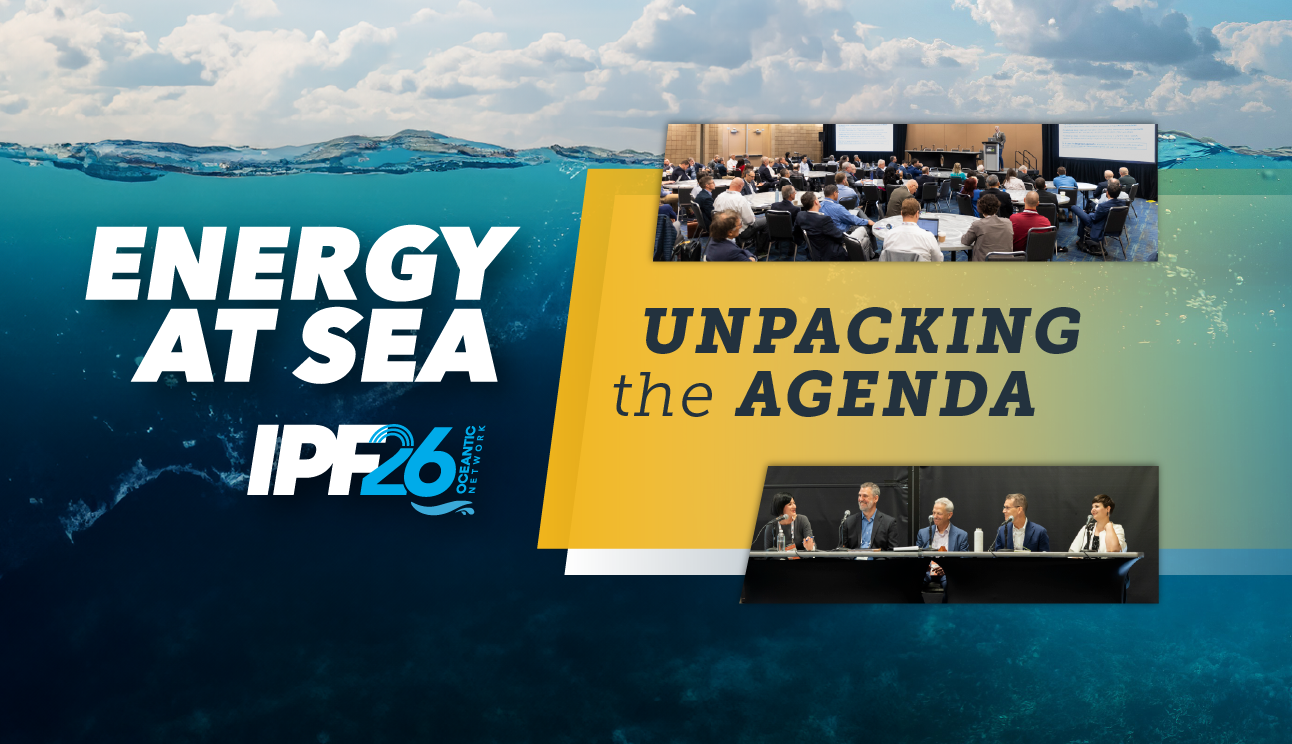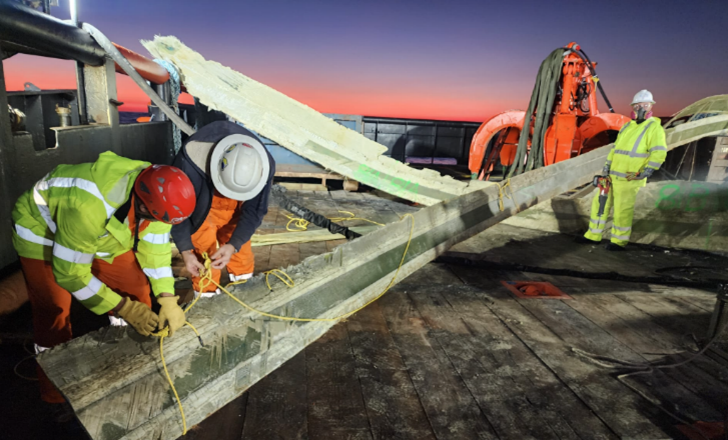With more than four decades of maritime design expertise in the offshore sector, NETSCo has seamlessly transitioned into offshore wind development, becoming a key player in the U.S. market. Since 2013, the company, with offices in Cleveland, OH and Tampa, FL, has been at the forefront of designing Jones Act-compliant vessels, delivering innovative engineering solutions to support the growing offshore wind industry.
NETSCo’s offshore wind journey began with the University of Maine’s Aqua Ventus program, where they contributed to the early-stage development of a fixed-bottom concrete foundation. Though the prototype wasn’t executed, the project laid the groundwork for floating wind technology advancements, which eventually evolved into the VolturnUS floating platform—now a cornerstone of the Maine Research Array initiative.
Their collaboration with RCAM Technologies through the National Offshore Wind Research & Development Consortium further showcased NETSCo’s commitment to innovation. Together, they developed towable foundations aimed at reducing the need for costly installation vessels—an effort that reached prototype stage despite funding hurdles.
NETSCo’s engineering prowess was on full display when Ventower enlisted their help to transport wind turbine towers across the Great Lakes. The challenge? Safely moving massive components via barge. NETSCo responded with a custom securing apparatus, detailed structural analyses, and optimized cargo layouts—enabling the transport of three towers per voyage with maximum safety and efficiency.
Their work also extends to the conversions of Offshore Supply Vessel (OSV) to Service Operation Vessel (SOV) designs, and Wind Turbine Installation Vessel (WTIV) development. Notably, NETSCo’s WTIV design was one of the first to be optimized for U.S. shipyards, setting a precedent for future domestic builds.
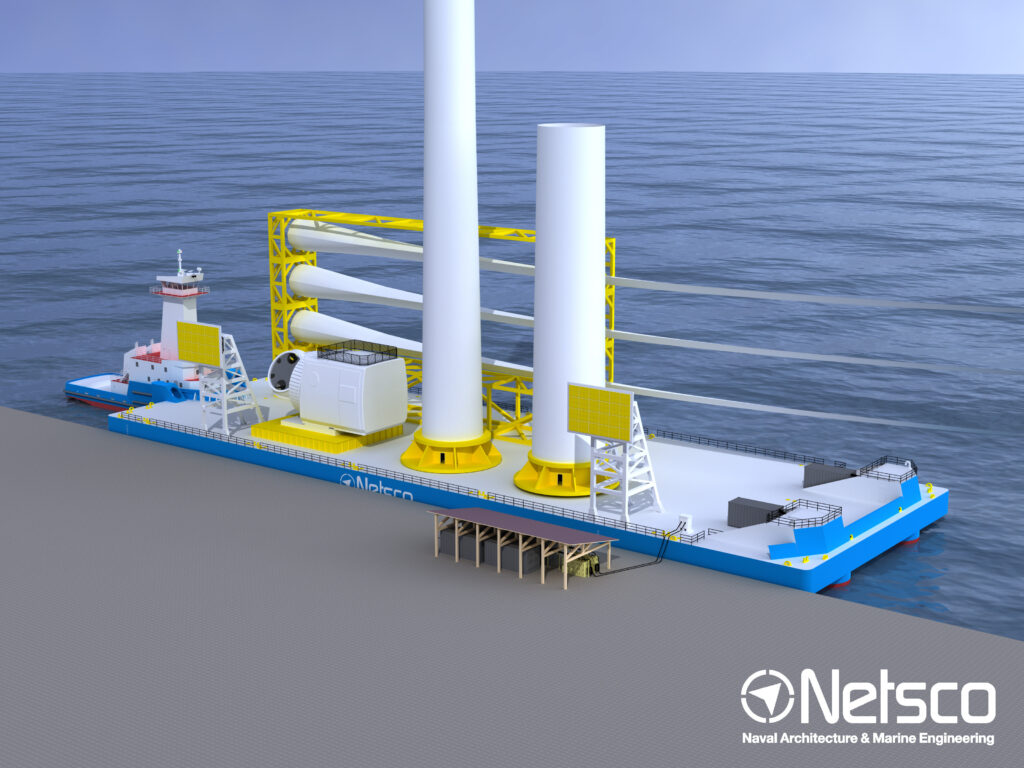
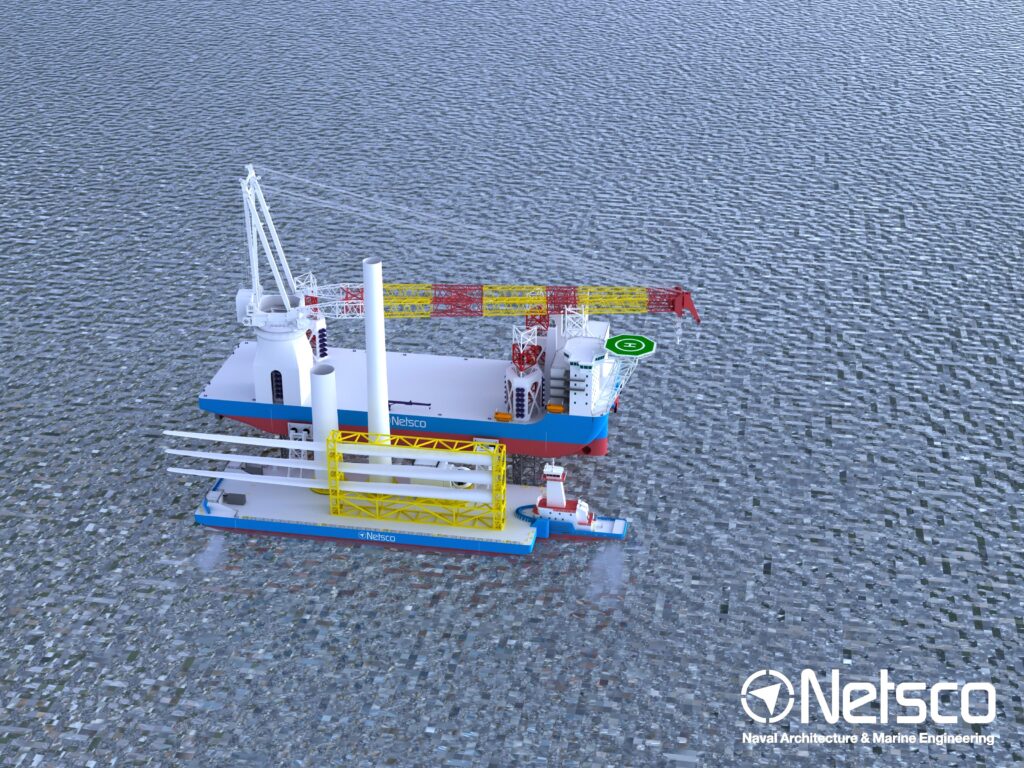
Among NETSCo’s most forward-thinking projects is their Enhanced Feeder Vessel concept. These vessels integrate innovative features derived from real-world experience and lessons learned in the industry. Designed to address the limitations of current Feeder Vessels, these advanced ships include dynamic positioning, anti-roll capabilities, and a specialized fendering system to ensure safe and efficient offshore wind installation operations. This concept not only aligns with Jones Act regulations but also reflects NETSCo’s commitment to sustainable, future-ready solutions.
What unique solutions does Netsco offer?
Netsco developed wind turbine installation vessels and feeder barges designed specifically with U.S. shipbuilding requirements in mind. With extensive experience working with American shipyards and vessel operators, we understand and integrate the needs of our clients into our designs.
What are Netsco’s key targets/current goals in terms of offshore wind and/or other marine renewables?
NETSCo is a leader in designing practical solutions for the U.S. offshore wind industry. Initially, our goal was to develop the first U.S.-designed, U.S.-built wind turbine installation vessel (WTIV), which would be Jones-Act compliant. While Dominion Energy’s Charybdis vessel is the first U.S.-built vessel designed abroad, our team at NETSCo aims to create a uniquely American design that works within and sets new industry standards once funding and government initiatives resume.
Looking ahead, NETSCo remains committed to refining our designs and supporting the marine renewable energy sector. We are prepared to meet renewed demand with solutions focused on meeting the industry’s future needs.
Oceantic is calling Summer 2025 the “Summer of Ships” with so many new vessels coming online to service the U.S. offshore wind industry. What are your reactions?
The term “summer of ships” highlights the culmination of efforts that began years prior for the American offshore wind industry. During this period, significant investments were made in new vessel orders to address the anticipated demand for Jones Act-compliant ships and other specialized vessels. NETSCo played a critical role during the conceptual stages of several of these vessel conversions, including OSVs and SOVs. For the U.S., the “Summer of Ships” represents an industry vision with coordinated planning that was set in motion to meet the evolving needs of the offshore wind industry.

